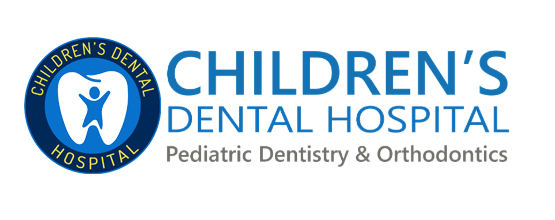What is Clear Braces?
 Clear Ceramic Braces are a common device in pediatric dentistry used to straighten teeth and close any gaps between them. They improve your smile while correcting the alignment and the spacing of your teeth. To correct crossbites, overbites or underbites, it work well. If your case is severe, an orthodontic headgear may be advised.
Clear Ceramic Braces are a common device in pediatric dentistry used to straighten teeth and close any gaps between them. They improve your smile while correcting the alignment and the spacing of your teeth. To correct crossbites, overbites or underbites, it work well. If your case is severe, an orthodontic headgear may be advised.
Why Choose Ceramic Braces?
Many patients have had metal braces to correct orthodontic problems for children, adolescents, and adults. Older models were visible and the wearers were sometimes called “metal-mouths”. Fortunately the industry has advanced and now has options for patients to choose ones that aren’t as visible as metal braces.
The most visible parts of them are archwire and the brackets. The archwire is metallic, but may be color coated to match the natural teeth.
The archwire is attached to the brackets with colored or stock elastic bands. The material used for the brackets is ceramic, an oxide of aluminum. The elastic bands are clear or tooth-colored.
How Ceramic Braces Work
The main component of it is the arch wire, which runs along the teeth. The archwire places pressure on the teeth through the brackets. The brackets are either bonded to the teeth directly or through orthodontic bands, and are held to the arch wire through elastic bands.
The pressure level from the archwire to the teeth is adjusted by the dentist, so the teeth can move in the correct position slowly to minimize pain. As the teeth move into the correct position, the pressure is released. Because the pressure is gone, the arch wire needs to be re-adjusted so your teeth can move more. This process is done monthly. This procedure is repeated regularly for one to four years depending on the severity of the case and the age of the patient.
Once the system have achieved the desired tooth alignment, your oral surgeon may advise wearing plastic retainer or a mouthguard for some time. Retainers are created after making an impression of the natural teeth, helping consolidate the alignment achieved already, and prevent the tendency of teeth to shift back to their original alignment. Your orthodontist or oral surgeon will inform you if you need to wear a retainer, and if so for how long.
How to take Care
These braces are not as strong as metallic ones. They need more attention and care. The following essential points are worth noting:
- Avoid foods that can stain them. Specifically, avoid tobacco, berries, tomato, liquor products, dark sodas, coffee and foods rich in artificial coloring.
- You must be on top of your oral hygiene. The structure of these devices have the chance of plaque forming more than those without them. Brushing, and flossing twice a day, and rinsing your mouth after every meal is a good way to avoid tooth decay. Your dentist may have you brush with a special interdental toothbrush.
- Regular check up visits – All patients: kids, adolescents, teens and adults must regularly visit for checkups. Regular checkups helps your dental health and ensures that they are working properly.
- Avoid whitening toothpastes – Whitening toothpaste may leave dark patches under the brackets,or affect bracket color.
Pros and Cons
Ceramic braces are a popular option for teenagers, youngsters, and pediatric patients. However, depending on what they are needed for, there are pros and cons when compared to metal ones.
Ceramic braces have the following advantages:
- The main a reason people choose invisible aligners is an aesthetic one. They are not as noticeable as metal. Brackets are either semi-translucent, which are complementary for white teeth, or they can be tooth-colored, which complements darker teeth.
- It do not irritate the gums unlike lingual invisible braces.
Drawbacks of Ceramic braces are:
- It cost more than wire ones.
- Staining can be an issue as the colored bands can stain quickly if they aren’t properly taken care of. You have to avoid foods that can stain and maintain good oral health.
- They cannot be advised when excessive stresses are involved since they are a bit fragile when compared to others. Brackets can crack.
Ceramic Braces Cost
- It cost more than the other types, due to their excellent aesthetics. They are priced between $4000 to $8000 depending on the your case. Metallic braces, on the other hand can cost you between $500 to $7000. If you have any questions, we are happy to help you select an affordable option for your needs.
Ceramic braces in Brooklyn, New York
- Since these devices require a lot of care and planning, you must choose your dentist carefully. If you are looking it for your young child, Dr. Elan Kaufman will be delighted to help you near to the Kings Highway stop on the B and Q Lines. We are close by. Call us to make an appointment.

